The York Pogrom of 1190: A dark chapter in England’s Jewish history
The York Pogrom of 1190 stands as one of the most harrowing episodes in the history of medieval England. It marked the culmination of escalating anti-Jewish sentiment, fueled by religious fervor, economic tensions, and the widespread propagation of anti-Semitic myths. This tragic event, which resulted in the deaths of approximately 150 Jews, highlights the precarious position of Jewish communities in medieval Europe and the devastating consequences of intolerance and scapegoating.

Clifford’s Tower, the keep of York Castle. This site was the scene of the tragic events of the York Pogrom in 1190. Source: Wikimedia Commonsꜛ (license: CC BY-SA 2.0)
Historical context: Jewish life in medieval England
Jewish communities had been present in England since the Norman Conquest of 1066, invited by William the Conqueror to stimulate the economy. Jews played a vital role in medieval society, primarily as moneylenders, a profession barred to Christians under Church law. However, their financial role often made them targets of resentment and accusations, particularly from indebted nobles and townspeople.
By the late 12th century, anti-Jewish sentiment in England had reached a fever pitch. Accusations of usury and blood libel — false claims that Jews used the blood of Christian children in religious rituals — combined with religious tensions during the Crusades to create a volatile atmosphere. This hostility would manifest violently in the events at York.
The pogrom’s prigins
The immediate trigger for the York Pogrom was rooted in religious and economic factors:
- Religious fervor during the crusades: The Third Crusade (1189–1192) sparked widespread zealotry, as Christians across Europe prepared to reclaim the Holy Land. This fervor often translated into hostility toward local Jewish communities, who were scapegoated as “enemies of Christ.”
- The coronation riot in London (1189): During the coronation of Richard I (the Lionheart) in September 1189, anti-Jewish violence broke out in London after rumors spread that Jews had insulted the new king by attempting to present him with gifts. This riot set a precedent for attacks on Jewish communities across England, culminating in the tragedy at York.
- Economic resentment: Many Jews in York were moneylenders, and their Christian debtors saw an opportunity to escape their financial obligations by attacking their creditors. Local nobles and townspeople, burdened by debt, were eager to exploit anti-Semitic sentiment for personal gain.
The events at York
The violence in York began in March 1190 when a mob, incited by local noblemen indebted to Jewish moneylenders, launched a brutal attack on Jewish homes. As tensions escalated, many Jews sought refuge in Clifford’s Tower, a wooden keep within York Castle, believing they would find protection within its fortified walls. However, what followed was a tragic siege that culminated in mass death and destruction.
The siege of Clifford’s Tower
As the Jewish families barricaded themselves inside the tower, they hoped for intervention by royal authorities. Yet, the local sheriff, rather than offering assistance, either refused or was powerless to act. With no opposition, the mob grew increasingly emboldened, surrounding the tower and presenting the besieged Jews with an ultimatum: convert to Christianity or face death. The terror inside the tower mounted as it became evident that no help would come and that their fate rested in their own hands.
A tragic decision
Confronted with the grim prospect of forced conversion or brutal execution, the Jewish community inside Clifford’s Tower faced a desperate and horrifying situation. Some accounts, primarily from medieval Christian chroniclers, suggest that many chose to take their own lives rather than surrender. These sources claim that fathers killed their families before taking their own lives, mirroring acts of mass martyrdom in Jewish history, such as Masada. However, there is limited contemporary Jewish testimony confirming the specifics of these events. The extent of voluntary self-sacrifice remains a topic of historical debate, though the overarching reality of fear, persecution, and a tragic loss of life is undisputed.
The massacre
For those who did not take their own lives, their fate was no less harrowing. Trapped inside Clifford’s Tower with no avenue for escape, they became helpless victims of the violence that followed. As the siege continued, the mob set fire to Clifford’s Tower, sealing the doom of those who remained inside. The wooden structure, engulfed in flames, collapsed, killing everyone still sheltering within. In the end, approximately 150 Jews perished in one of the most infamous massacres in medieval England.
Aftermath and implications
The York Pogrom had devastating and far-reaching consequences, not only for the Jewish community in York but for Jewish life in England as a whole.
Seizure of property
Following the massacre, the mob ransacked Jewish homes and businesses, seizing valuable assets. In addition to the destruction of lives and livelihoods, one of the most calculated acts committed by the perpetrators was the burning of debt records. Many Jewish moneylenders had financial agreements with local noblemen and merchants, and by destroying these records, the rioters effectively erased their debts. This act of economic opportunism reveals the underlying financial motivations behind the violence, showing that greed played just as significant a role as religious hatred in the events at York.
Royal response
When King Richard I learned of the events at York, he publicly condemned the massacre and issued orders to bring the perpetrators to justice. However, despite these proclamations, little was done in practice. The local authorities failed to hold the rioters accountable, and the lack of meaningful repercussions highlighted the precarious status of Jews in England. This failure reinforced the notion that Jewish communities had no real protection from the Crown or law enforcement, leaving them even more vulnerable to future violence.
Worsening conditions for Jews
The York Pogrom was a significant turning point in the treatment of Jews in medieval England. In the decades that followed, hostility toward Jewish communities intensified, and oppressive policies became more entrenched. The escalation of anti-Jewish sentiment eventually led to the Edict of Expulsion in 1290, issued by King Edward I, which formally expelled all Jews from England. This ban would remain in effect for nearly four centuries, effectively erasing Jewish presence from the country until their readmission under Oliver Cromwell in 1656.
The Role of religious propaganda
The pogrom in York was fueled in part by the pervasive anti-Semitic propaganda of the time, which portrayed Jews as usurers, murderers of Christ, and perpetrators of ritual murders. The Crusades, with their emphasis on purging perceived enemies of Christianity, further legitimized violence against Jews in the eyes of the mob.
Religious authorities, while not directly inciting the violence, did little to curb anti-Jewish sentiment. The Church’s promotion of the blood libel myth and its association of Jews with financial exploitation provided a theological justification for the actions of the mob.
Conclusion
The massacre at Clifford’s Tower in York was a culmination of centuries of anti-Semitic prejudice and opportunistic violence. It reflects the precarious position of Jewish communities in medieval Christian Europe and the devastating consequences of unchecked hatred and fear.
References and further reading
- Dobson, R.B., The Jews of Medieval York and the Massacre of March 1190, 2002, Borthwick Institute Publications, ISBN: 978-0903857864
- Rees Jones, Sarah & Watson, Sethina (eds.), Christians and Jews in Angevin England: The York Massacre of 1190, Narratives and Contexts, 2016, York Medieval Press, ISBN: 978-1903153642
- Levy, Richard S., York 1190: A Time of Dark Tragedy for the Jews, 2016, VaMazo Publishers, ISBN: 978-1936778447
- Katz, Steven (ed.), The Cambridge Companion to Antisemitism, 2022, Cambridge University Press, ISBN: 978-1108714525
- Moore, R. I., The Formation of a Persecuting Society: Power and Deviance in Western Europe, 950–1250, 2006, Wiley-Blackwell, ISBN: 978-1405129640
- Nirenberg, David, Anti-Judaism: The Western Tradition, 2018, Head of Zeus, ISBN: 978-1789541168
- Kenneth Stow, Alienated Minority: The Jews of Medieval Latin Europe, 1993, Harvard University Press, ISBN: 978-0674015920
- Anna Sapir Abulafia, Christian-Jewish Relations, 1000-1300: Jews in the Service of Medieval Christendom, 2024, Routledge, ISBN: 978-0367552237
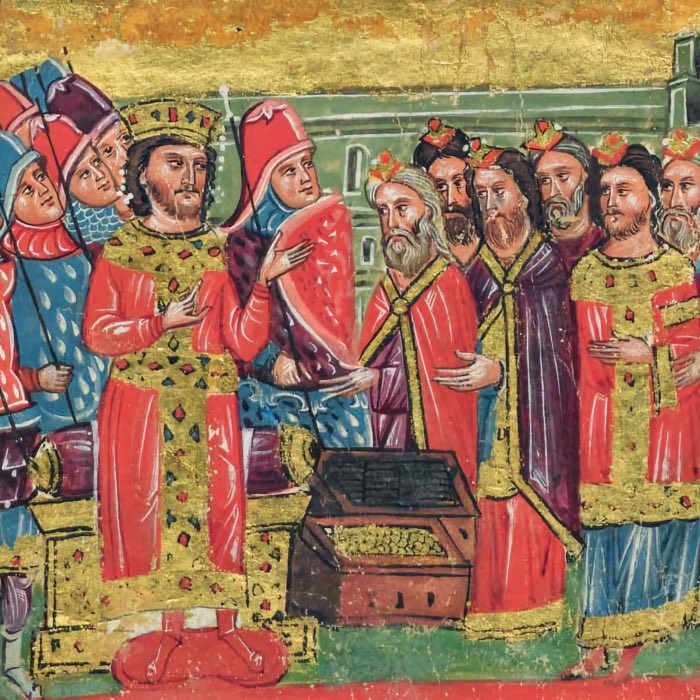
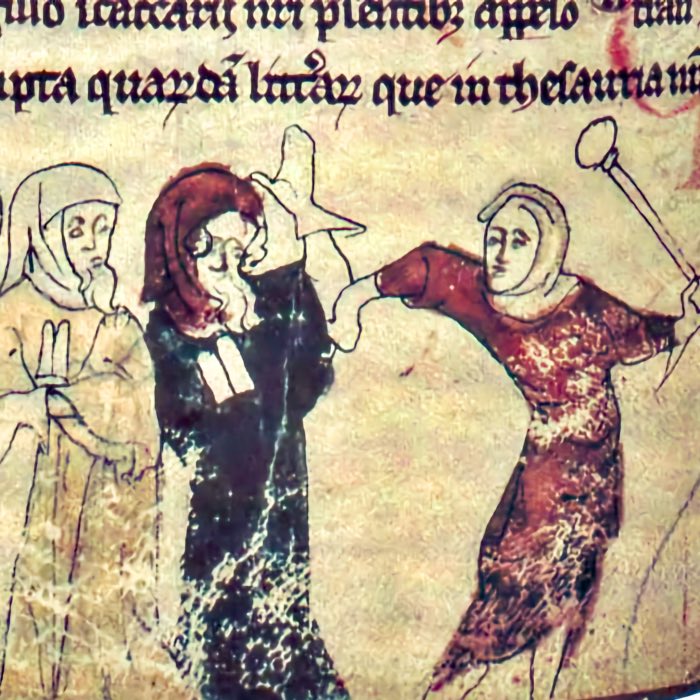

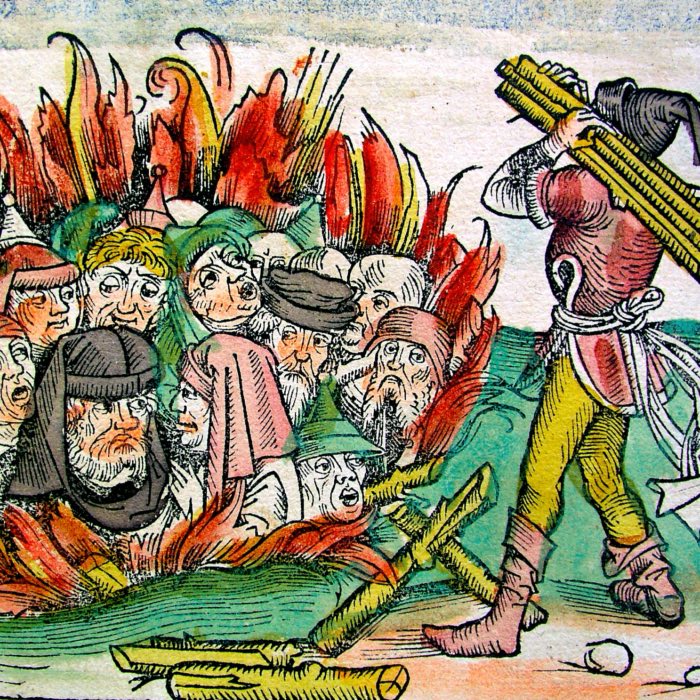
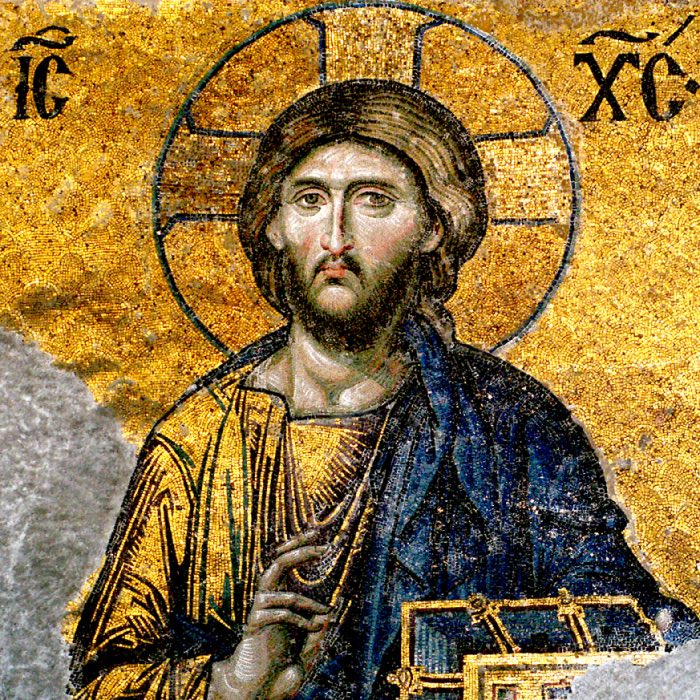
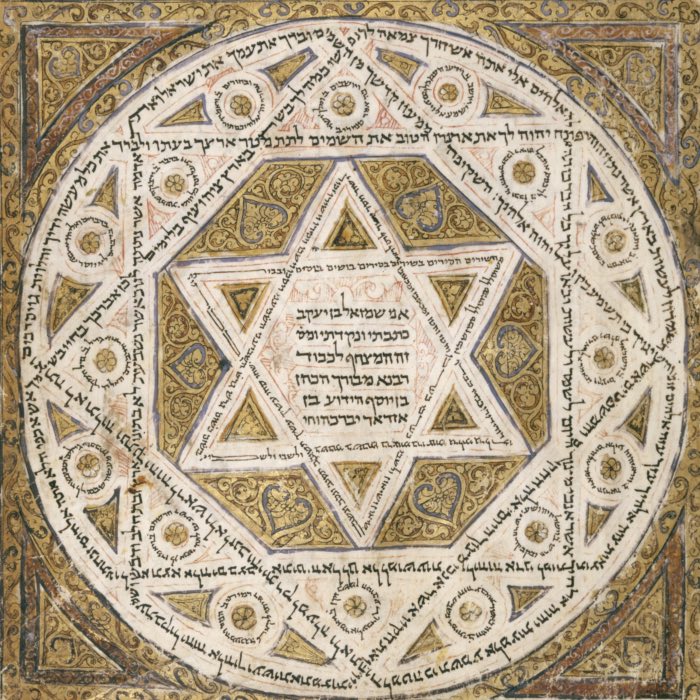

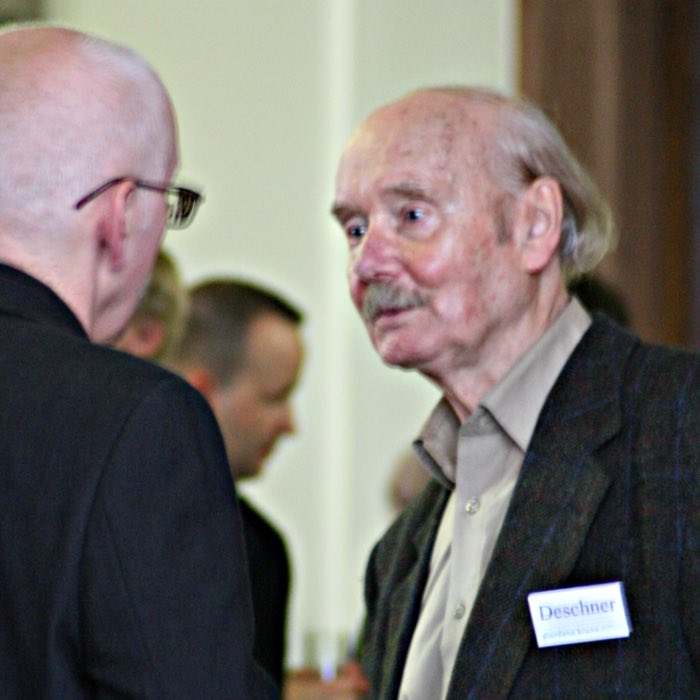
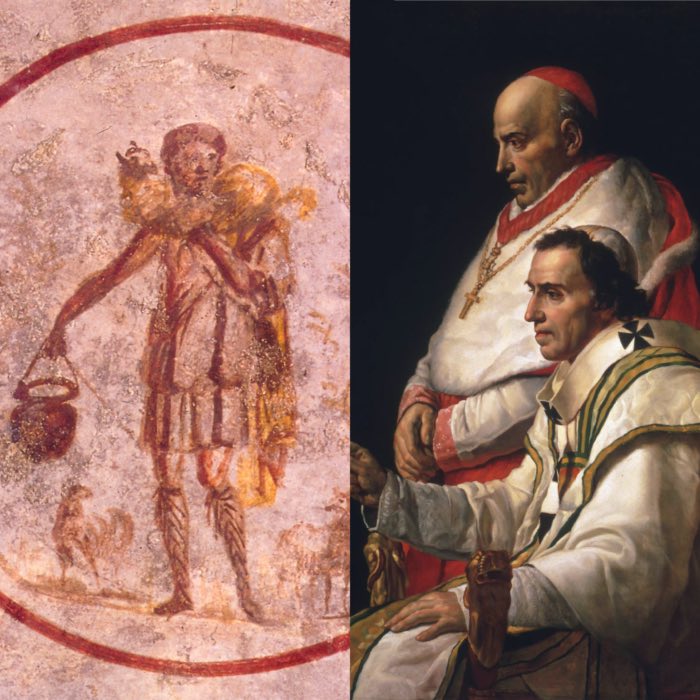
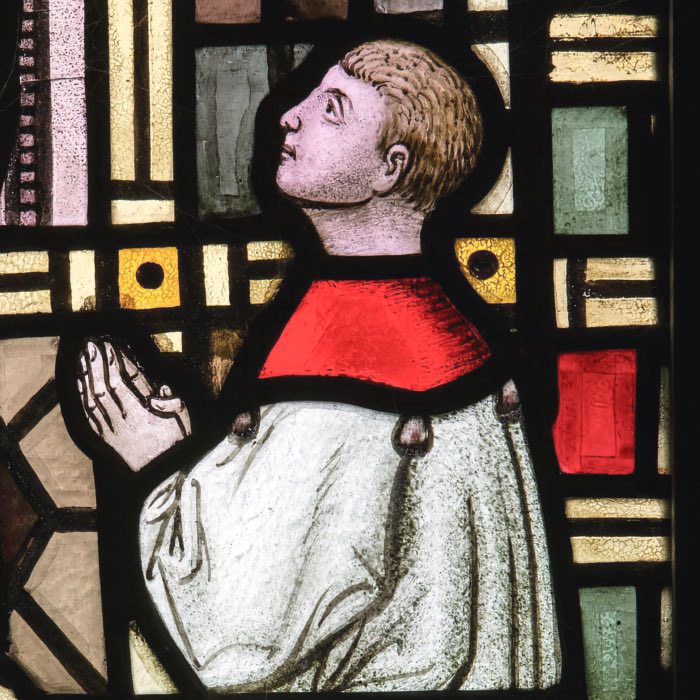
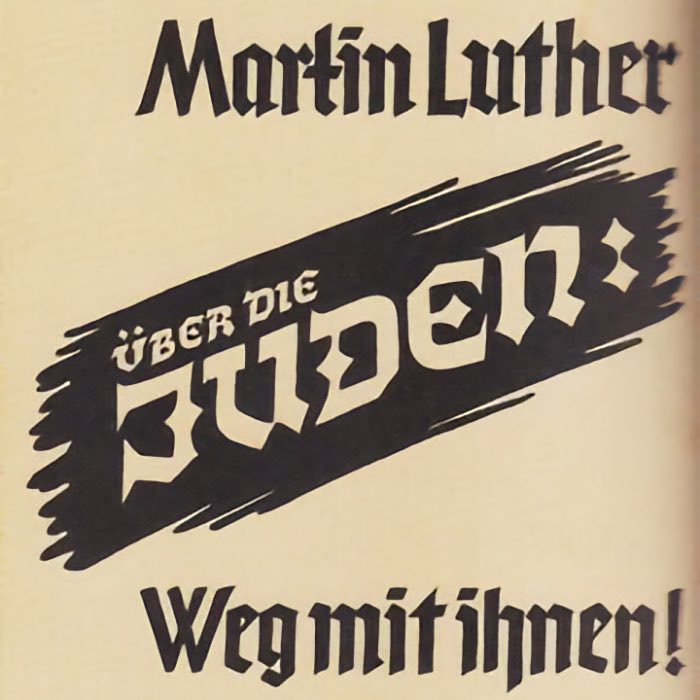
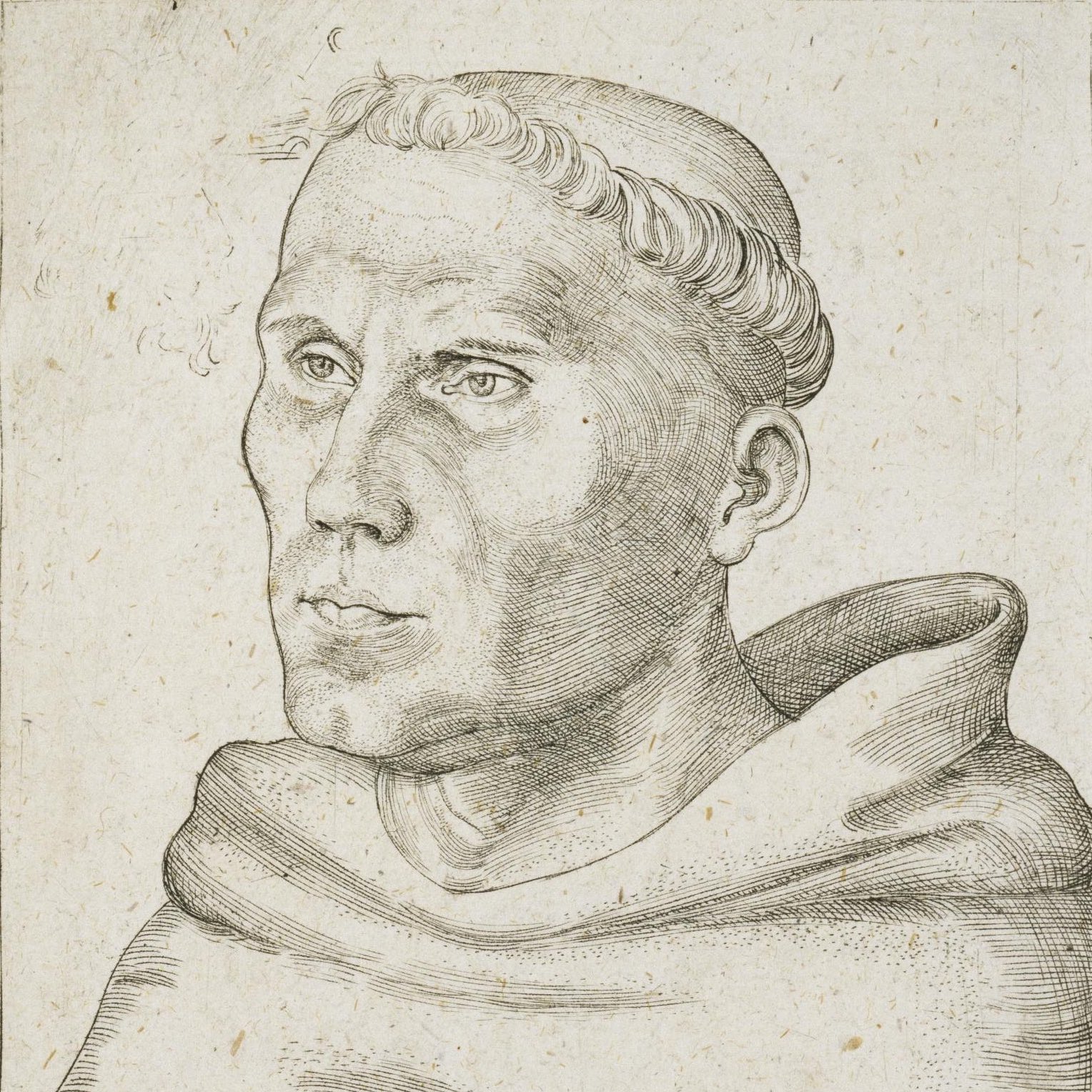
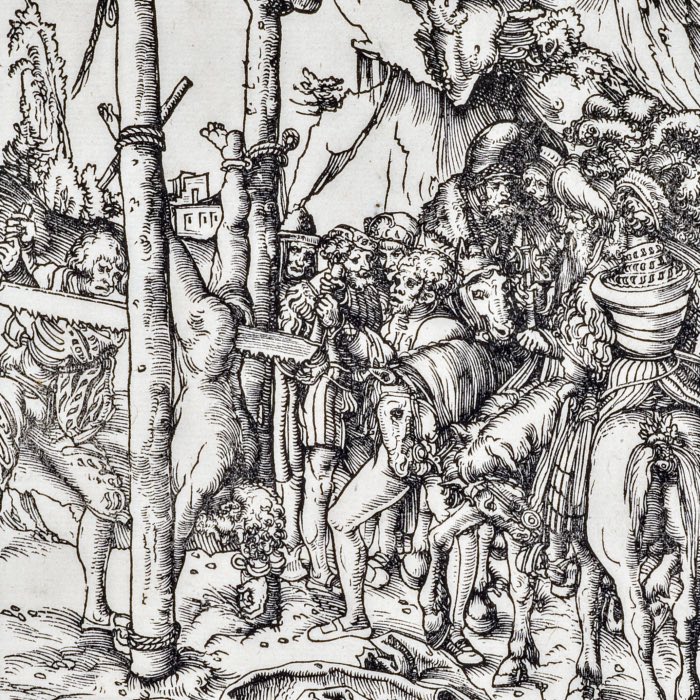
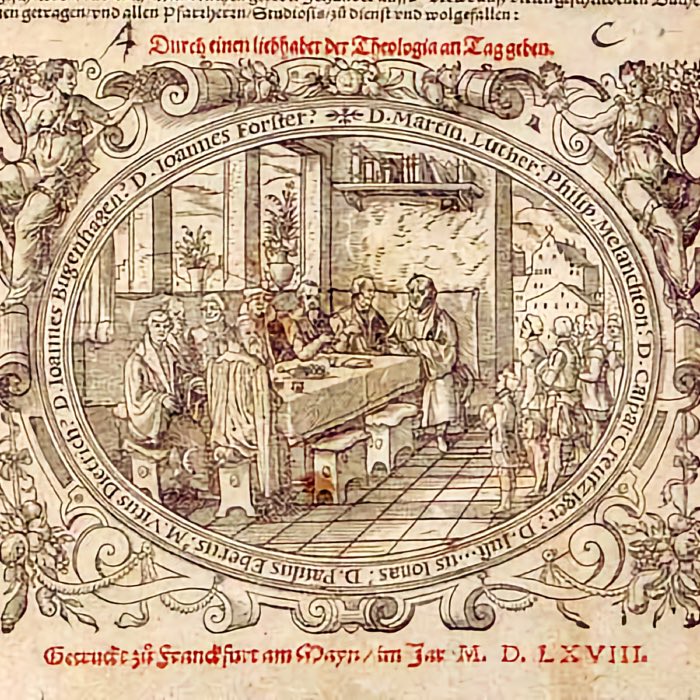
comments